
AuthorLayamika DuttaUpdated on CategoriesLanguages0 Comment
‘BENGALI’ (বাংলা) – THE HISTORY :
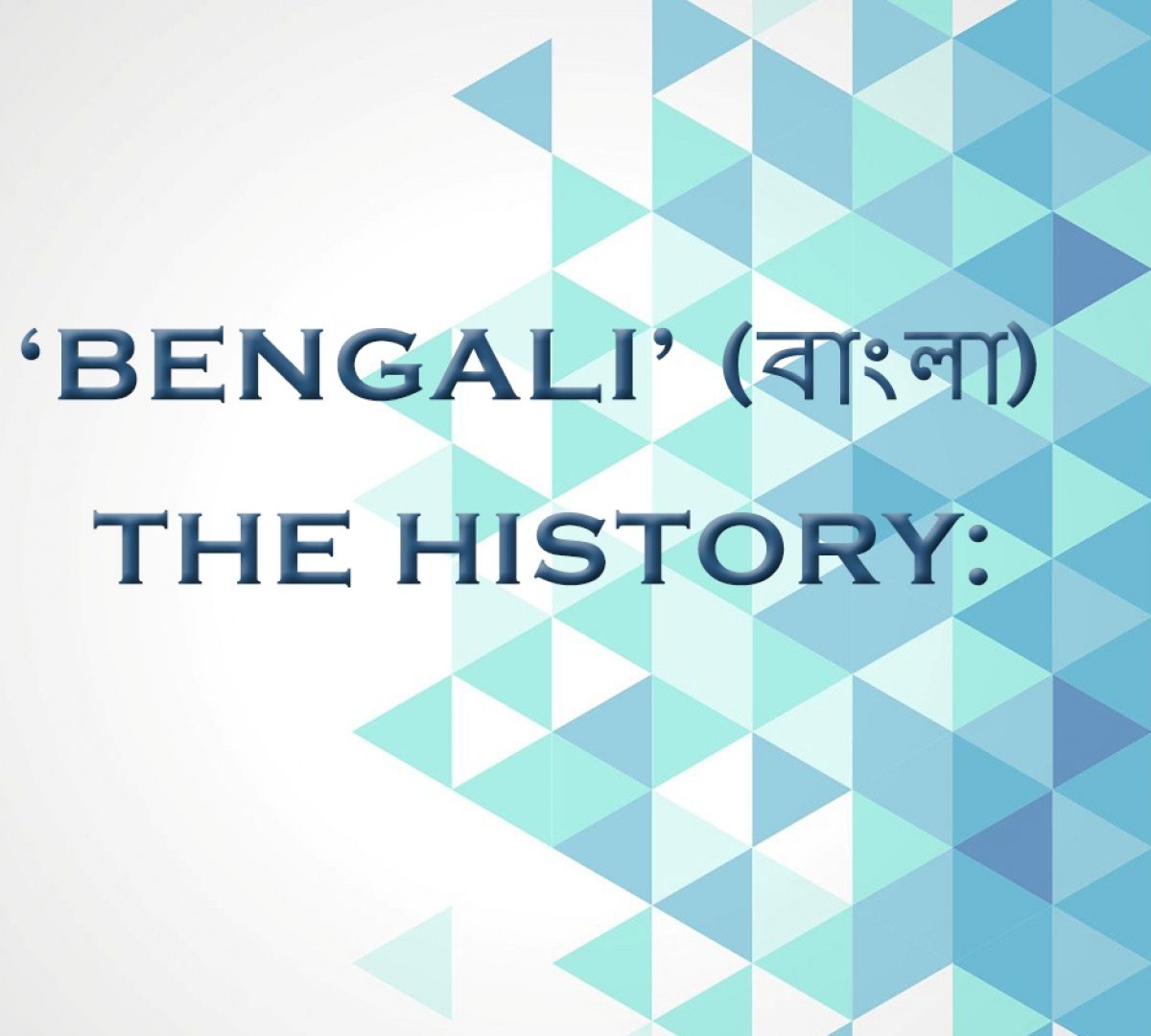
Bengali is an Indo-Aryan language primarily spoken by the Bengalis in South Asia. It is the official and most widely spoken language of Bangladesh and second most widely spoken of the 22 scheduled languages of India, behind Hindi.
About the language:
The official and de facto national language of Bangladesh is Modern Standard Bengali (Literary Bengali). It serves as the lingua franca of the nation, with 98% of Bangladeshis being fluent in Bengali (including dialects) as their first language. Within India, Bengali is the official language of the states of West Bengal, Tripura and the Barak Valley in the state of Assam. It is also spoken in different parts of the Brahmaputra valley of Assam. It is also the most widely spoken language in the Andaman and Nicobar Islands in the Bay of Bengal, and is spoken by significant minorities in other states including Jharkhand, Bihar, Mizoram, Meghalaya, and Odisha. With approximately 250–300 million total speakers worldwide, Bengali is usually counted as the sixth most spoken native language in the world by population.
Dictionaries from the early 20th century attributed about to 50% of the Bengali vocabulary to native words (i.e., naturally modified Prakrit words, corrupted forms of Ariyan words, and Native Austro-Asiatic e.g. Munda, Dravidian words (non-Indo-European native languages), about 7% percent of Bengali words are unmodified Sanskrit, and the remainders are from to Persian, Arabic, Turkish, English, Portuguese, French etc. language. Dominant in the last group was Persian, which was also the source of some grammatical forms. More recent studies suggest that the use of native and foreign words has been increasing, mainly because of the preference of Bengali speakers for the colloquial style.
Bengali literature, with its millennium-old history and folk heritage, has extensively developed since the Bengali renaissance and is one of the most prominent and diverse literary traditions in Asia.
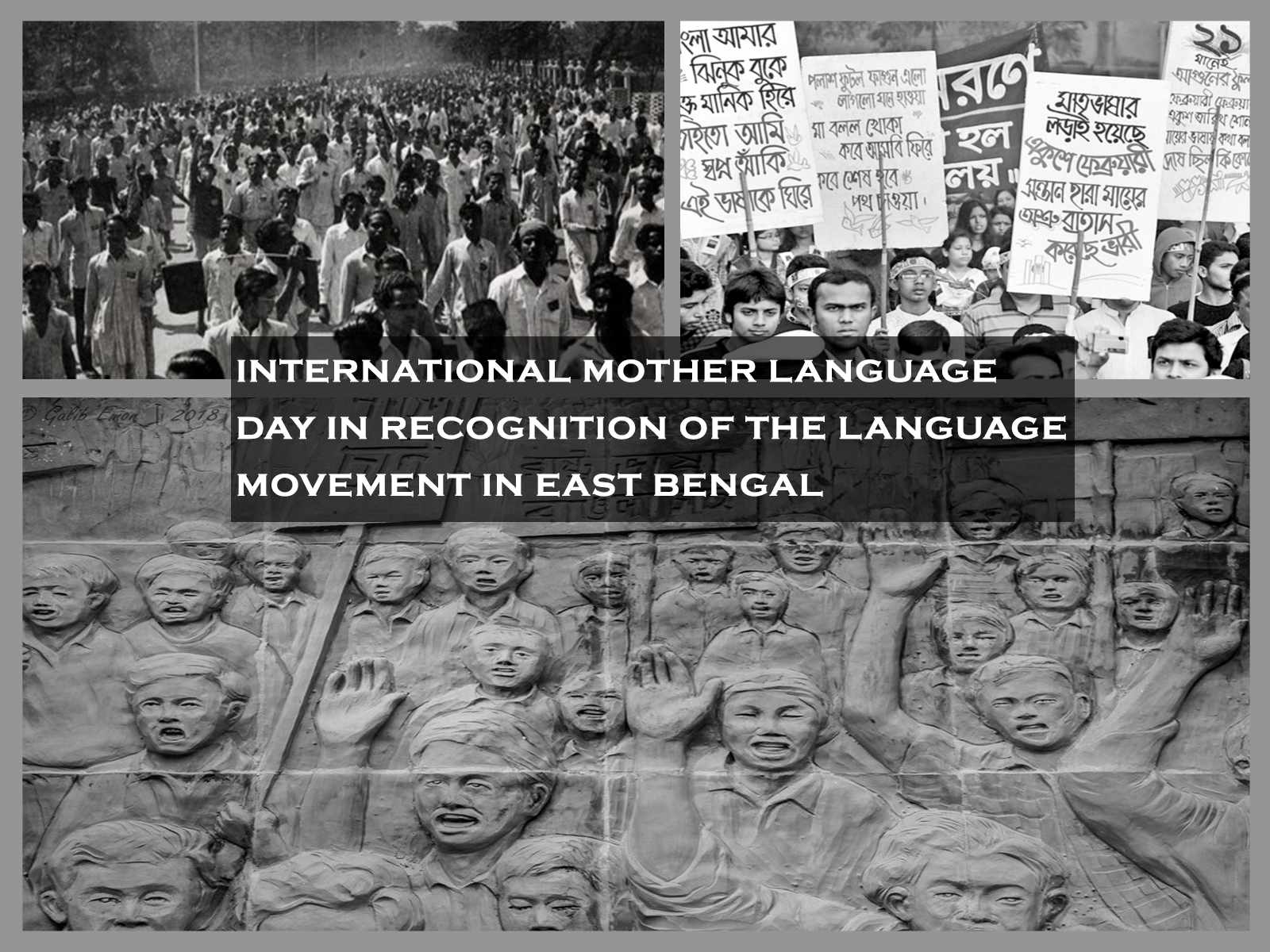
HISTORY
Ancient language of Bengal:
Sanskrit was practiced by the priests in Bengal since the first millennium BCE. But, the local people speak in some varieties of Prakrita languages. Dr. Suniti Kumar Chatterjee coined it as “eastern variety of Magdhi Prakrita”. But, Dr. Muhammad Shahidullah argued that the language spoken by then Bengalies were too much distinct from Magdhi Prakrit. He named it “Purbo Magdhi Prakrita” and explained it had more non-Indo Aryan words. Humayun Azad suggested that Purbo Magdhi Prakrita (defined by Shahidullah) had substantial Dravidian and Austro-Asiatic words. During the Gupta Empire, Bengal was a hub of Sanskrit literature. The Middle Indo-Aryan dialects were influential in Bengal in the first millennium when the region was a part of the Magadha Realm. These dialects were called Magadhi Prakrit spoken in current Bihar state of India. Purbo Magdhi was close to but distinct from Magdhi Prakrita. The Magdhi Prakrita eventually evolved into Ardha Magadhi and become more distinct from the languages of Bengal day by day. Ardha Magadhi began to give way to what are called Apabhraṃśa languages at the end of the first millennium. Then Bengali language evolved a as distinct language by the course of time.
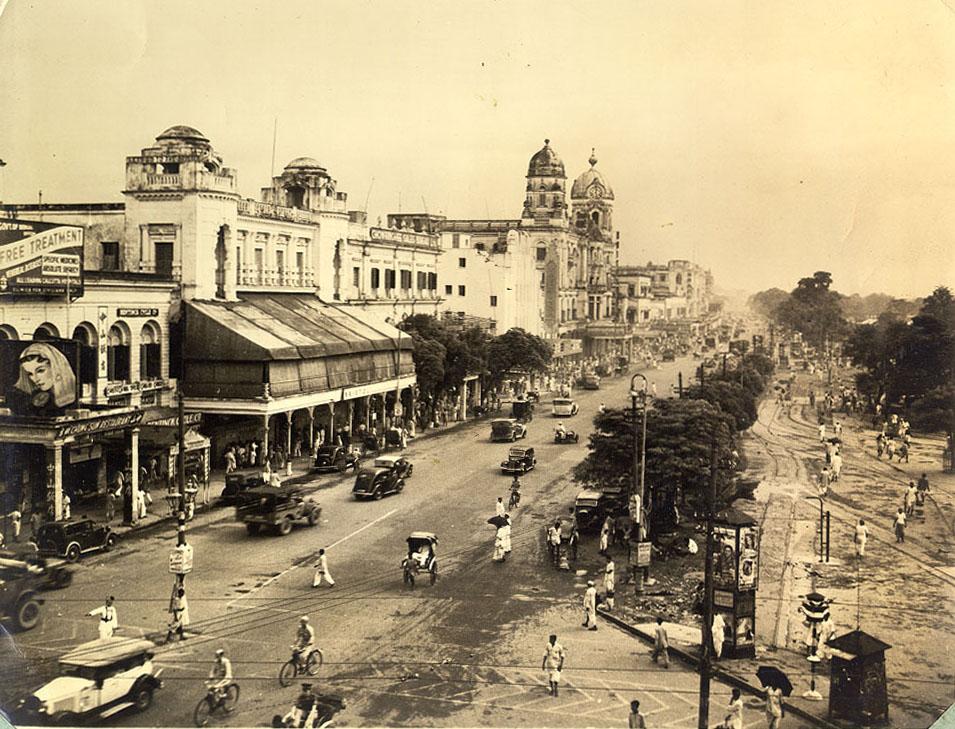
Emergence of Bengali:
Along with other Eastern Indo-Aryan languages, Bengali evolved circa 1000–1200 CE from Sanskrit and Magadhi Prakrit. The local Apabhraṃśa of the eastern subcontinent, Purbi Apabhraṃśa or Abahatta (“Meaningless Sounds”), eventually evolved into regional dialects, which in turn formed three groups of the Bengali–Assamese languages, the Bihari languages, and the Odia language. Some argue that the points of divergence occurred much earlier – going back to even 500, but the language was not static: different varieties coexisted and authors often wrote in multiple dialects in this period. For example, Ardhamagadhi is believed to have evolved into Abahatta around the 6th century, which competed with the ancestor of Bengali for some time. Proto-Bengali was the language of the Pala Empire and the Sena dynasty.
Middle Bengali:
During the medieval period, Middle Bengali was characterized by the elision of word-final অ ô, the spread of compound verbs and Arabic and Persian influences. Bengali was an official court language of the Sultanate of Bengal. Muslim rulers promoted the literary development of Bengali. Bengali became the most spoken vernacular language in the Sultanate. This period saw borrowing of Perso-Arabic terms into Bengali vocabulary. Major texts of Middle Bengali (1400–1800) include Chandidas’ Shreekrishna Kirtana.
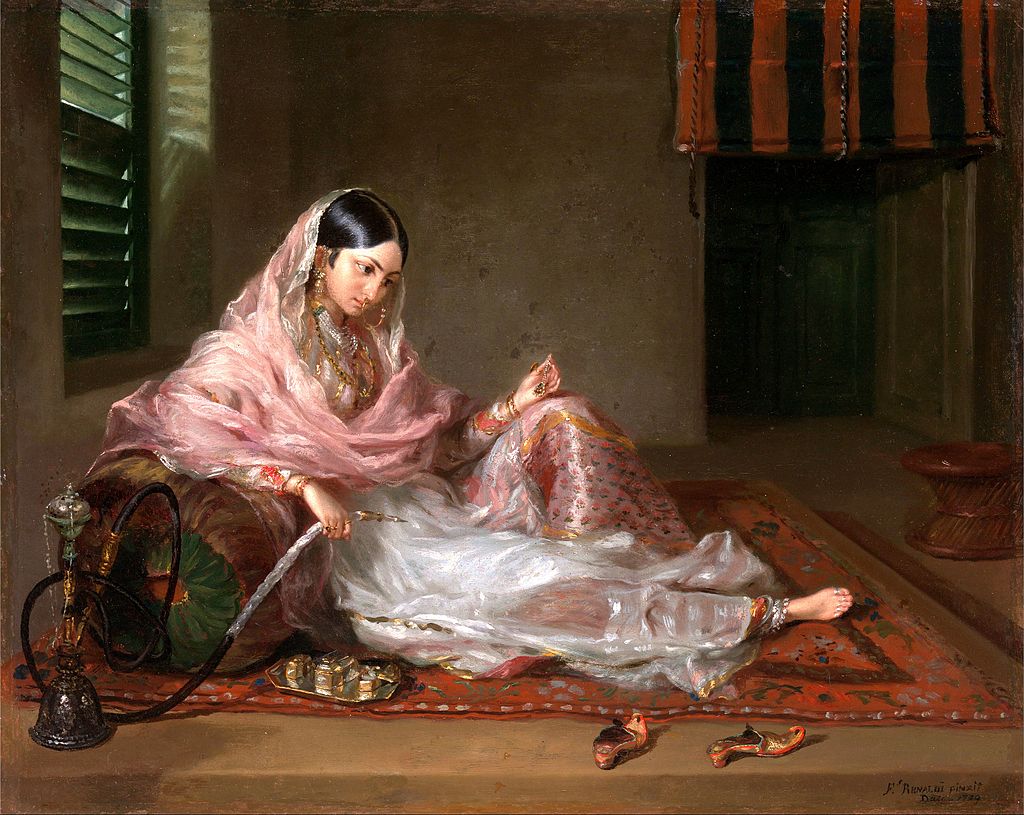
Modern Bengali:
The modern literary form of Bengali was developed during the 19th and early 20th centuries based on the dialect spoken in the Nadia region, a west-central Bengali dialect. Bengali presents a strong case of diglossia, with the literary and standard form differing greatly from the colloquial speech of the regions that identify with the language. The modern Bengali vocabulary contains the vocabulary base from Magadhi Prakrit and Pali, also tatsamas and reborrowings from Sanskrit and other major borrowings from Persian, Arabic, Austroasiatic languages and other languages in contact with.

During this period, the
চলিতভাষা Chôlitôbhasha form of Bengali using simplified inflections and other changes, was emerging from
সাধুভাষা Sadhubhasha (Proper form or original form of Bengali) as the form of choice for written Bengali.
In 1948 the Government of Pakistan tried to impose Urdu as the sole state language in Pakistan, starting the Bengali language movement. The Bengali Language Movement was a popular ethno-linguistic movement in the former East Bengal (today Bangladesh), which was a result of the strong linguistic consciousness of the Bengalis to gain and protect spoken and written Bengali’s recognition as a state language of the then Dominion of Pakistan. On the day of 21 February 1952 five students and political activists were killed during protests near the campus of the University of Dhaka. In 1956 Bengali was made a state language of Pakistan. The day has since been observed as Language Movement Day in Bangladesh and is also commemorated as International Mother Language Day by UNESCO every year since 2000.
In 2010, the parliament of Bangladesh and the legislative assembly of West Bengal proposed that Bengali be made an official UN language, though no further action was taken on this matter.
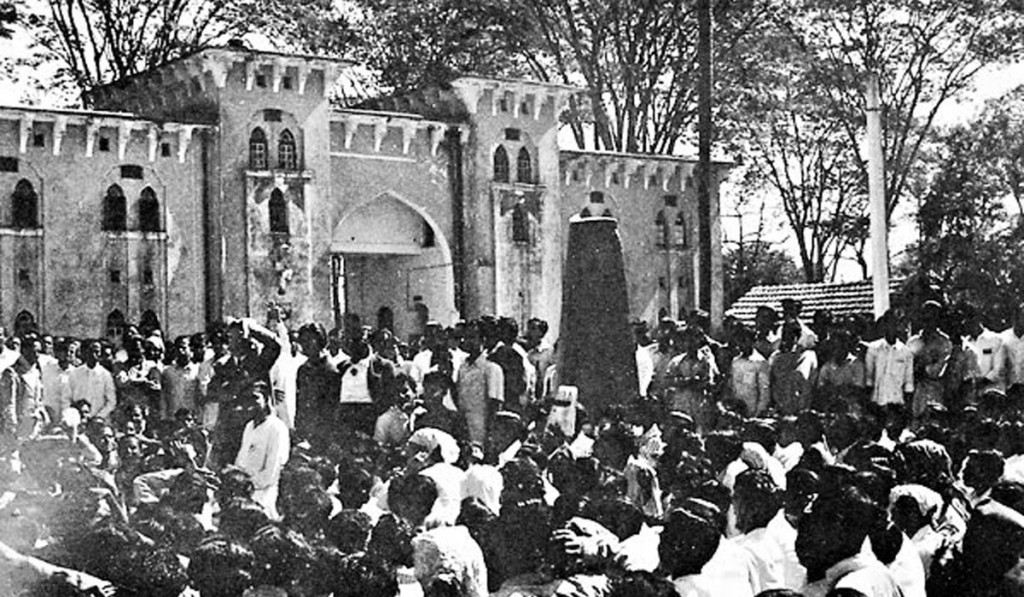
Geographical distribution:
Bengali language is native to the region of Bengal, which comprises Indian states of West Bengal and the present-day nation of Bangladesh.
Besides the native region it is also spoken by the Bengalis living in Tripura, southern Assam and the Bengali population in the Indian union territory of Andaman and Nicobar Islands. Bengali is also spoken in the neighboring states of Odisha, Bihar, and Jharkhand, and sizable minorities of Bengali speakers reside in Indian cities outside Bengal, including Delhi, Mumbai, Varanasi, and Vrindavan. There are also significant Bengali-speaking communities in the Middle East, the United States, Singapore, Malaysia, Australia, Canada and the United Kingdom and Italy.
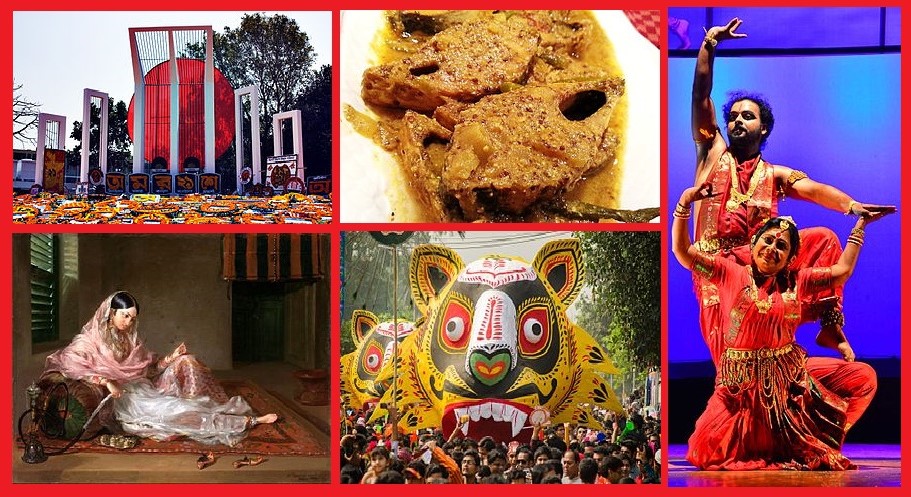
Dialects:
Bengali dialects
Regional variation in spoken Bengali constitutes a dialect continuum. Linguist Suniti Kumar Chattopadhyay grouped these dialects into four large clusters – Rarh, Banga, Kamarupa and Varendra; but many alternative grouping schemes have also been proposed. The south-western dialects (Rarhi or Nadia dialect) form the basis of modern standard colloquial Bengali. In the dialects prevalent in much of eastern and south-eastern Bangladesh (Barisal, Chittagong, Dhaka and Sylhet Divisions of Bangladesh), many of the stops and affricates heard in West Bengal are pronounced as fricatives. Western alveolo-palatal affricates চ [tɕɔ], ছ [tɕʰɔ], জ [dʑɔ] correspond to eastern চ [tsɔ], ছ [tsʰɔ~sɔ], জ [dzɔ~zɔ]. The influence of Tibeto-Burman languages on the phonology of Eastern Bengali is seen through the lack of nasalized vowels and an alveolar articulation of what are categorised as the “cerebral” consonants (as opposed to the postalveolar articulation of West Bengal). Some variants of Bengali, particularly Chittagonian and Chakma, have contrastive tone; differences in the pitch of the speaker’s voice can distinguish words. Rangpuri, Kharia Thar and Mal Paharia are closely related to Western Bengali dialects, but are typically classified as separate languages. Similarly, Hajong is considered a separate language, although it shares similarities to Northern Bengali dialects.
During the standardization of Bengali in the 19th century and early 20th century, the cultural center of Bengal was in the city of Kolkata, founded by the British. What is accepted as the standard form today in both West Bengal and Bangladesh is based on the West-Central dialect of Nadia District, located next to the border of Bangladesh. There are cases where speakers of Standard Bengali in West Bengal will use a different word from a speaker of Standard Bengali in Bangladesh, even though both words are of native Bengali descent. For example, the word salt is(নুন nun) in the west which corresponds to(লবণ lôbôn) in the east.
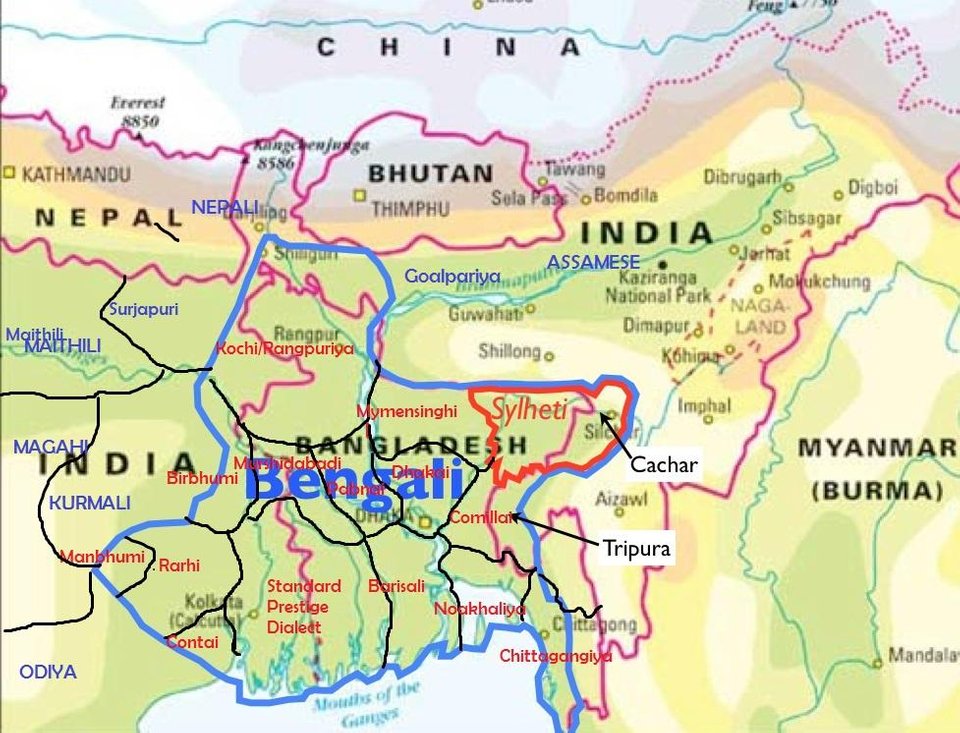
Orthographic depth:
The Bengali script in general has a comparatively shallow orthography, i.e., in most cases there is a one-to-one correspondence between the sounds (phonemes) and the letters (graphemes) of Bengali. But grapheme-phoneme inconsistencies do occur in certain cases.
One kind of inconsistency is due to the presence of several letters in the script for the same sound. In spite of some modifications in the 19th century, the Bengali spelling system continues to be based on the one used for Sanskrit, and thus does not take into account some sound mergers
that have occurred in the spoken language. For example, there are three letters (শ, ষ, and স) for the voiceless alveolo-palatal sibilant [ɕɔ],
although the letter স retains the voiceless alveolar sibilant [sɔ] sound when used in certain consonant conjuncts as in স্খলন [skʰɔlɔn] “fall”, স্পন্দন
[spɔndɔn] “beat”, etc. The letter ষ also retains the voiceless retroflex sibilant [ʂɔ] sound when used in certain consonant conjuncts as in কষ্ট [kɔʂʈɔ] “suffering”, গোষ্ঠী [ɡoʂʈʰi] “clan”, etc. Similarly, there are two letters (জ and য) for the voiced alveolo-palatal affricate [dʑɔ]. Moreover, what was once pronounced and written as a retroflex nasal ণ [ɳɔ] is now pronounced as an alveolar [nɔ] when in conversation (the difference is seen heard when reading) (unless conjoined with another retroflex consonant such as ট, ঠ, ড and ঢ), although the spelling does not reflect this change. The near- open front unrounded vowel [æ] is orthographically realized by multiple means, as seen in the following examples: এত [ætɔ] “so much”, এ্যাকাডেমী [ækademi] “academy”, অ্যামিবা [æmiba] “amoeba”, দেখা [dækʰa] “to see”, ব্যস্ত [bæstɔ] “busy”, ব্যাকরণ [bækɔrɔn] “grammar”.
Another kind of inconsistency is concerned with the incomplete coverage of phonological information in the script. The inherent vowel attached to every consonant can be either [ɔ] or [o] depending on vowel harmony (স্বরসঙ্গতি) with the preceding or following vowel or on the context, but this
phonological information is not captured by the script, creating ambiguity for the reader. Furthermore, the inherent vowel is often not pronounced at the end of a syllable, as in কম [kɔm] “less”, but this omission is not generally reflected in the script, making it difficult for the new reader.
Many consonant clusters have different sounds than their constituent consonants. For example, the combination of the consonants ক্ [k] and ষ [ʂɔ] is graphically realized as ক্ষ and is pronounced [kkʰɔ] (as in রুক্ষ [rukkʰɔ] “coarse”) or [kkʰo] (as in ক্ষতি [kkʰot̪i] “harm”) or even [kkʰɔ] (as in ক্ষমতা [kkʰɔmɔt̪a] “capability”), depending on the position of the cluster in a word. The Bengali writing system is, therefore, not always a true guide to pronunciation.
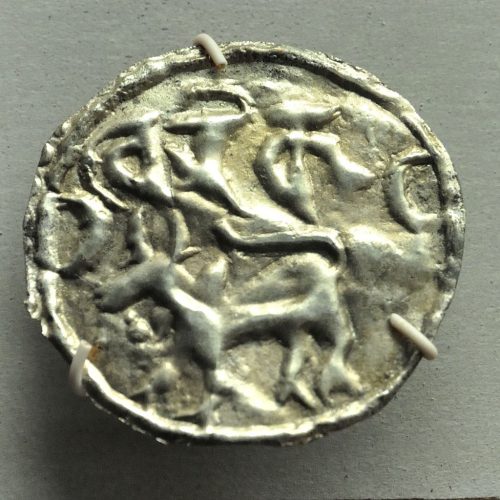
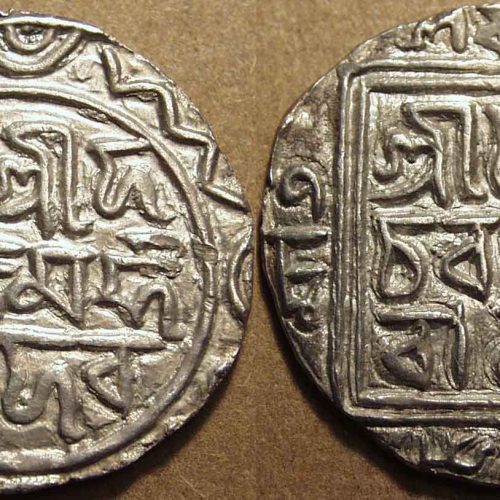
Romanisation of Bengali:
There are various ways of Romanisation systems of Bengali created in recent years which have failed to represent the true Bengali phonetic sound.
The Bengali alphabet has often been included with the group of Brahmic scripts for romanisation where the true phonetic value of Bengali is never represented. Some of them are the International Alphabet of Sanskrit Transliteration or IAST system (based on diacritics),”Indian languages Transliteration” or ITRANS (uses upper case letters suited for ASCII keyboards), and the National Library at Kolkata romanization.
In the context of Bengali romanisation, it is important to distinguish transliteration from transcription. Transliteration is orthographically accurate (i.e. the original spelling can be recovered), whereas transcription is phonetically accurate (the pronunciation can be reproduced).
Although it might be desirable to use a transliteration scheme where the original Bengali orthography is recoverable from the Latin text, Bengali
words are currently Romanized on Wikipedia using a phonemic transcription, where the true phonetic pronunciation of Bengali is represented with no reference to how it is written.
The most recent attempt has been by publishers Mitra and Ghosh with the launch of three popular children’s books, Abol Tabol, Hasi Khusi and
Sahoj Path in Roman script at the Kolkata Book Fair 2018. Published under the imprint of Benglish Books, these are based on phonetic
transliteration and closely follow spellings used in social media but for using an underline to describe soft consonants.
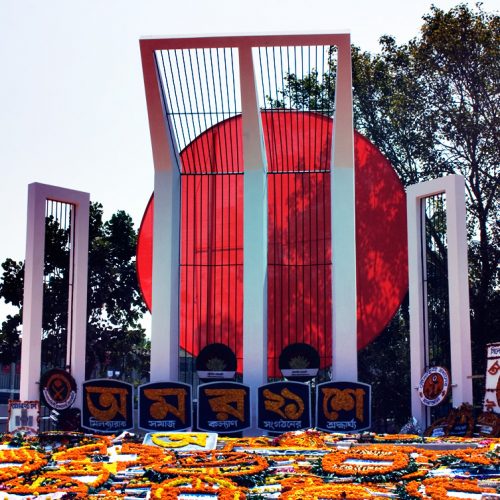
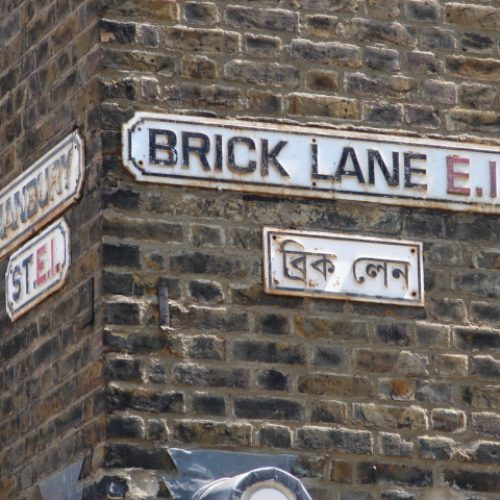
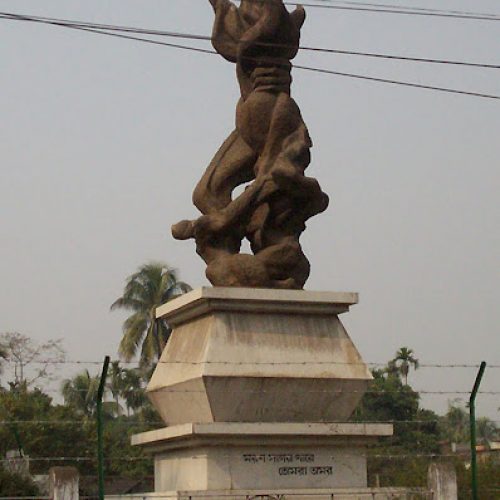
Vocabulary:
Bengali has as many as 100,000 separate words, of which 50,000 are considered Tadbhavas, 21,100 are Tatsamas and the remainder loanwords
from Austroasiatic and other foreign languages.
However, these figures do not take into account the large proportion of archaic or highly technical words that are very rarely used. Furthermore,
different dialects use more Persian and Arabic vocabulary especially in different areas of Bangladesh and Muslim majority areas of West Bengal also Hindus use more Sanskrit vocabulary than Muslims and while standard Bengali is based on the Nadia dialect of spoken in the Hindu majority states of West Bengal, about 90% of Bengalis in Bangladesh (ca. 148 million) and 27% of Bengalis in West Bengal and 10% in Assam (ca. 36 million) are Muslim and speak a more “persio-arabised” version of Bengali instead of the more Sanskrit influenced Standard Nadia dialect. The productive vocabulary used in modern literary works, in fact, is made up mostly (67%) of tadbhavas, while tatsamas comprise only 25% of the total.
Loanwords from non-Indic languages comprise the remaining 8% of the vocabulary used in modern Bengali literature.
Because of centuries of contact with Europeans, Turkic peoples, and Persians, Bengali has absorbed numerous words from foreign languages, often totally integrating these borrowings into the core vocabulary.
The most common borrowings from foreign languages come from three different kinds of contact. After close contact with several indigenous
Austroasiatic languages, and later the Mughal invasion whose court language was Persian, numerous Chagatai, Arabic, and Persian words were absorbed into the lexicon.
Later, East Asian travelers and lately European colonialism brought words from Portuguese, French, Dutch, and most significantly English during the colonial period.

